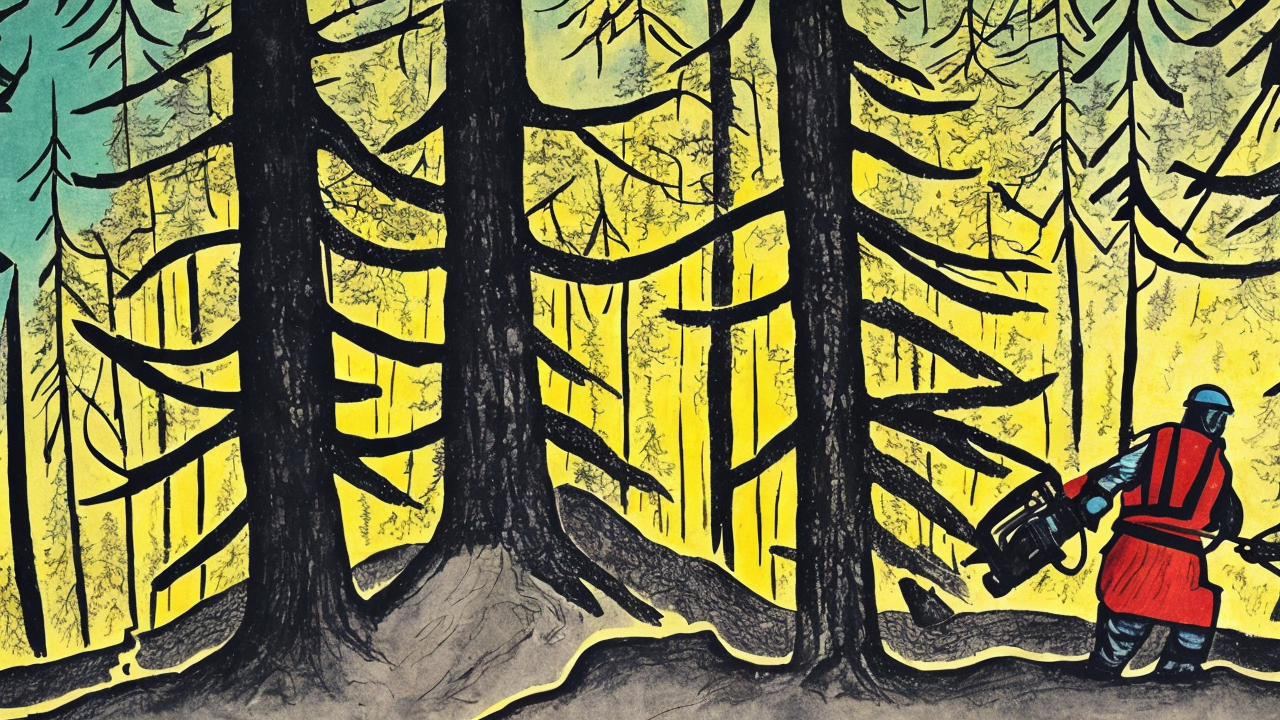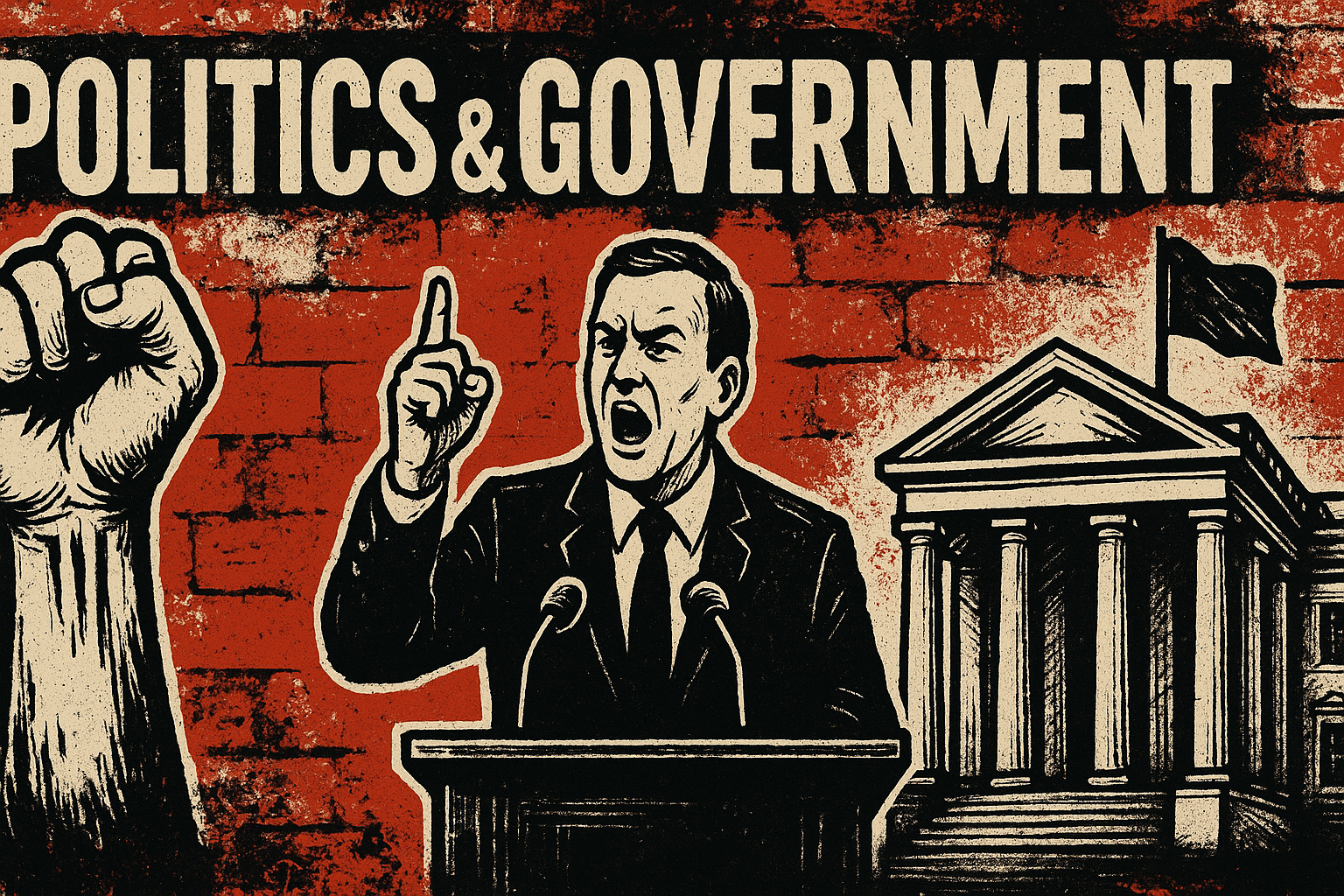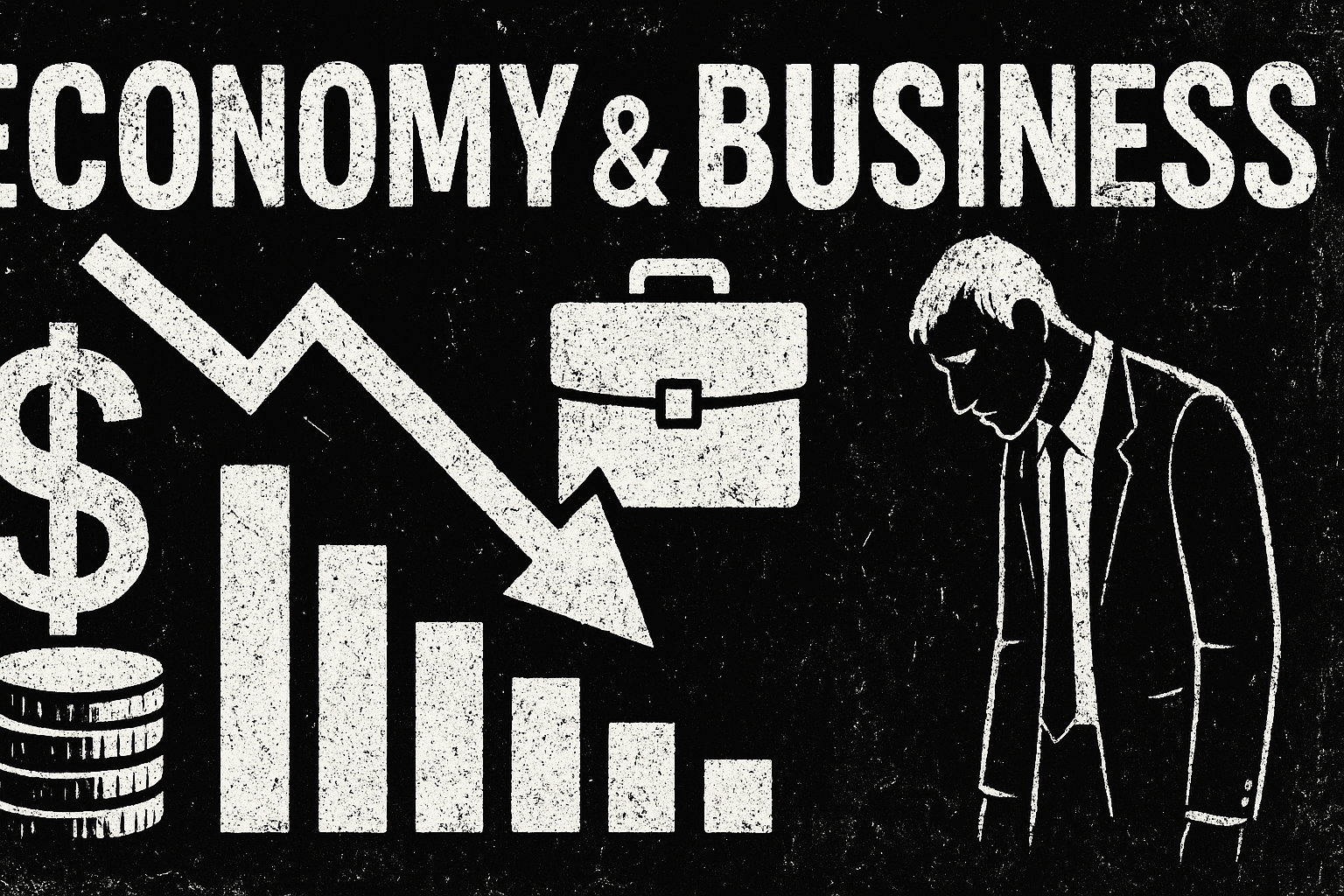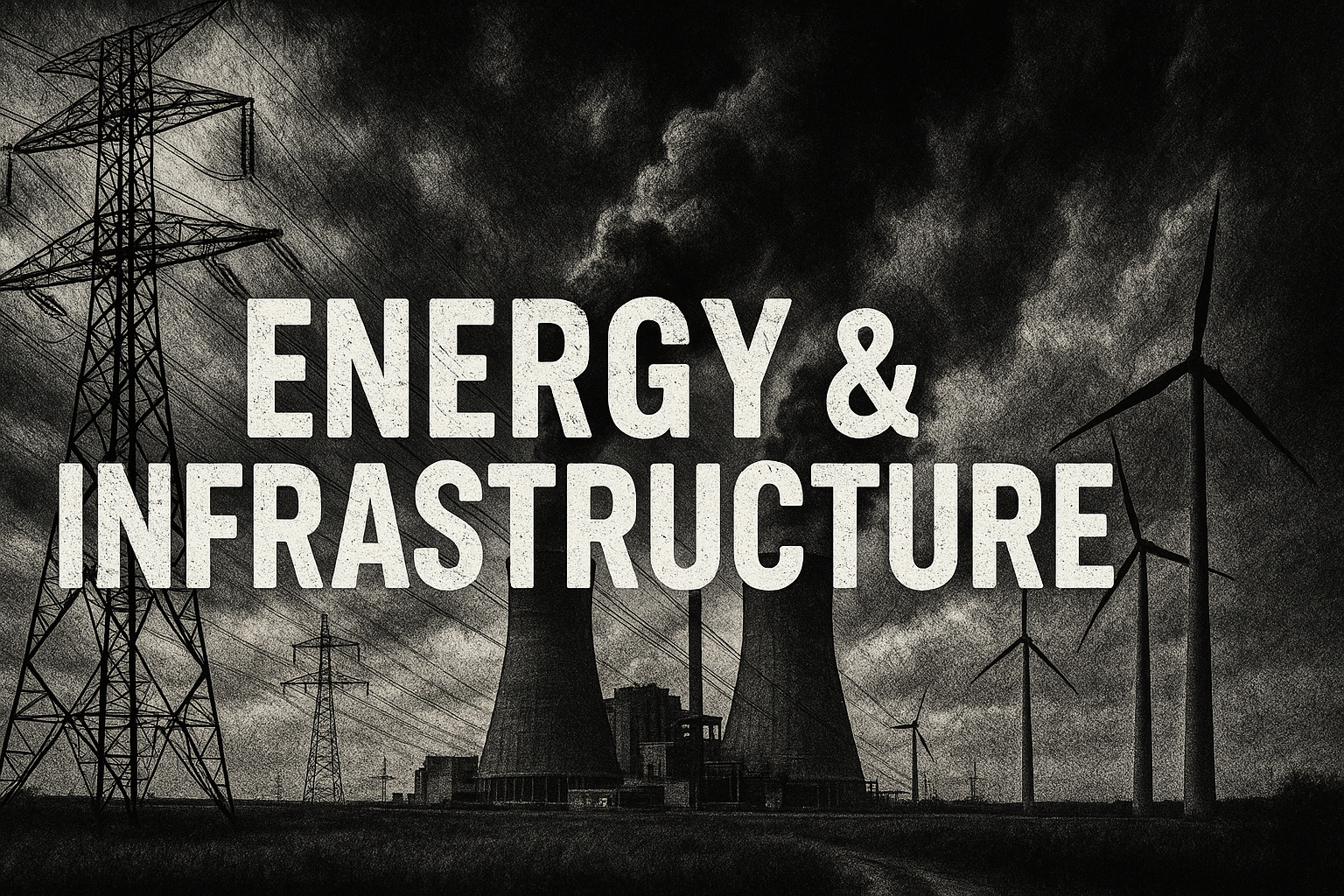Forest Service's Logging Rationale in Roadless Areas Challenged

A recent challenge to the U.S. Forest Service’s plan to expand logging in protected roadless areas has raised questions about its wildfire mitigation claims. The Wilderness Society, an environmental group opposing the initiative, argues that the agency has overstated the fire risks associated with current logging restrictions. At the center of the debate is Forest Service Chief Tom Schultz’s July testimony before the Senate Energy and Natural Resources Committee. Schultz claimed that 24.5 million acres of roadless areas are within or near the wildland-urban interface (WUI), a figure the agency later retracted. The Wilderness Society contends that this exaggeration undermines the Forest Service’s argument that increased logging would safeguard nearby communities from wildfires. Schultz, a former timber company executive, has emphasized the need to address wildfire risks in roadless areas, which make up a significant portion of the 58.5 million acres regulated under the 2001 Roadless Area Conservation Rule. Critics, however, argue that the agency’s focus on logging overlooks other effective wildfire management strategies, such as prescribed burns and vegetation thinning. The dispute highlights broader tensions over land management priorities, with environmental groups advocating for preserving roadless areas while the Forest Service pushes for expanded logging to reduce fire hazards. As the debate continues, questions remain about the balance between wildfire prevention and conservation efforts in these sensitive ecosystems.
Published: 8/21/2025
















